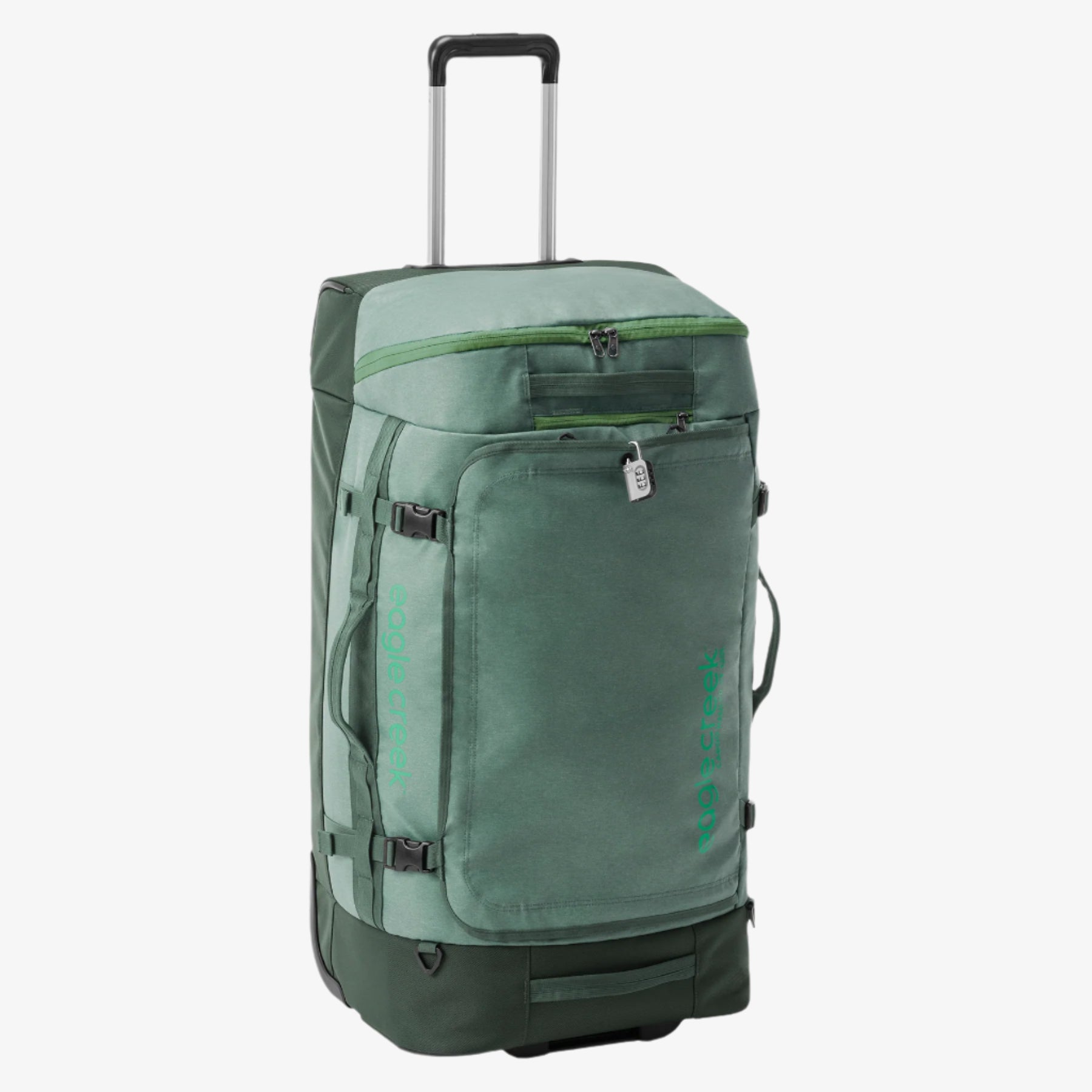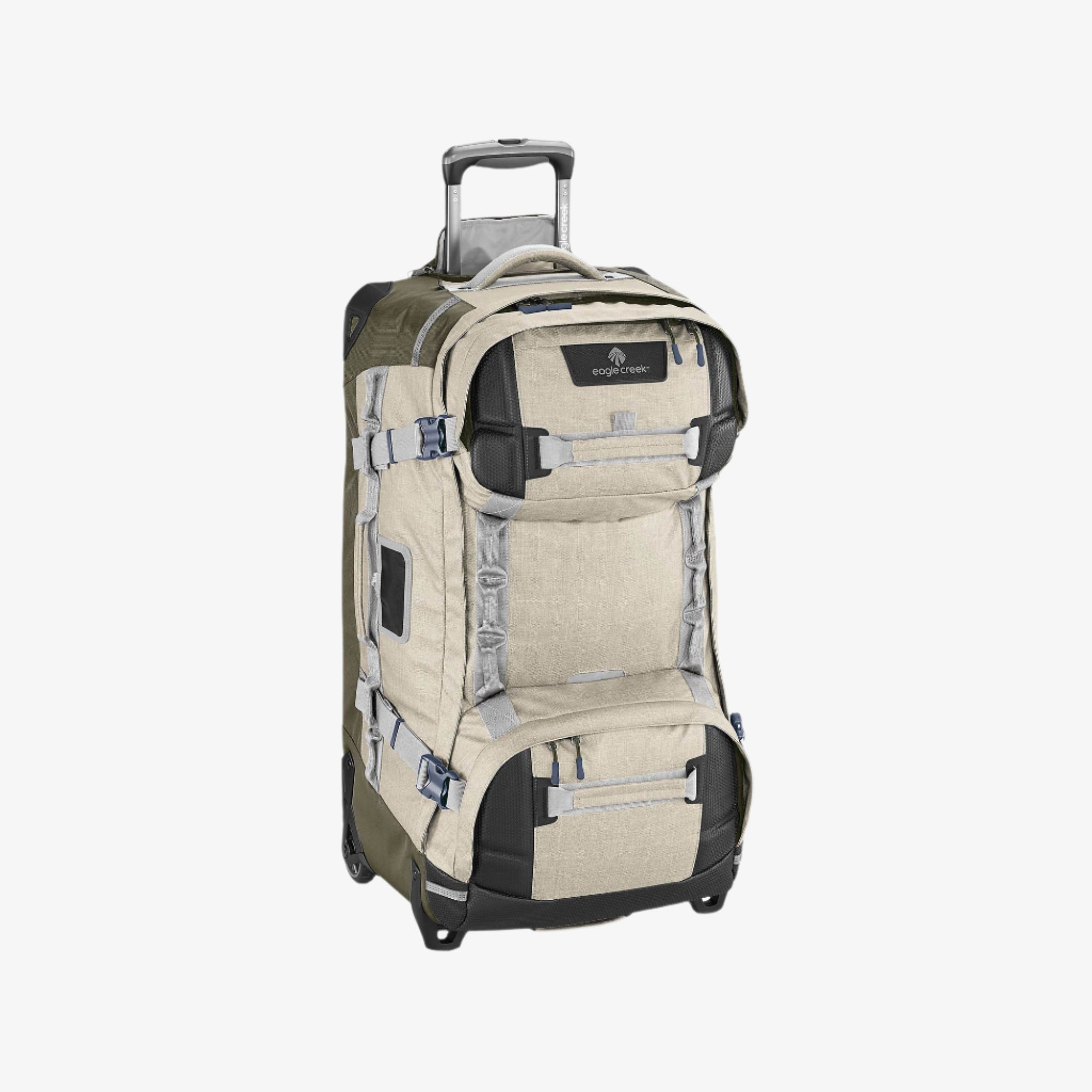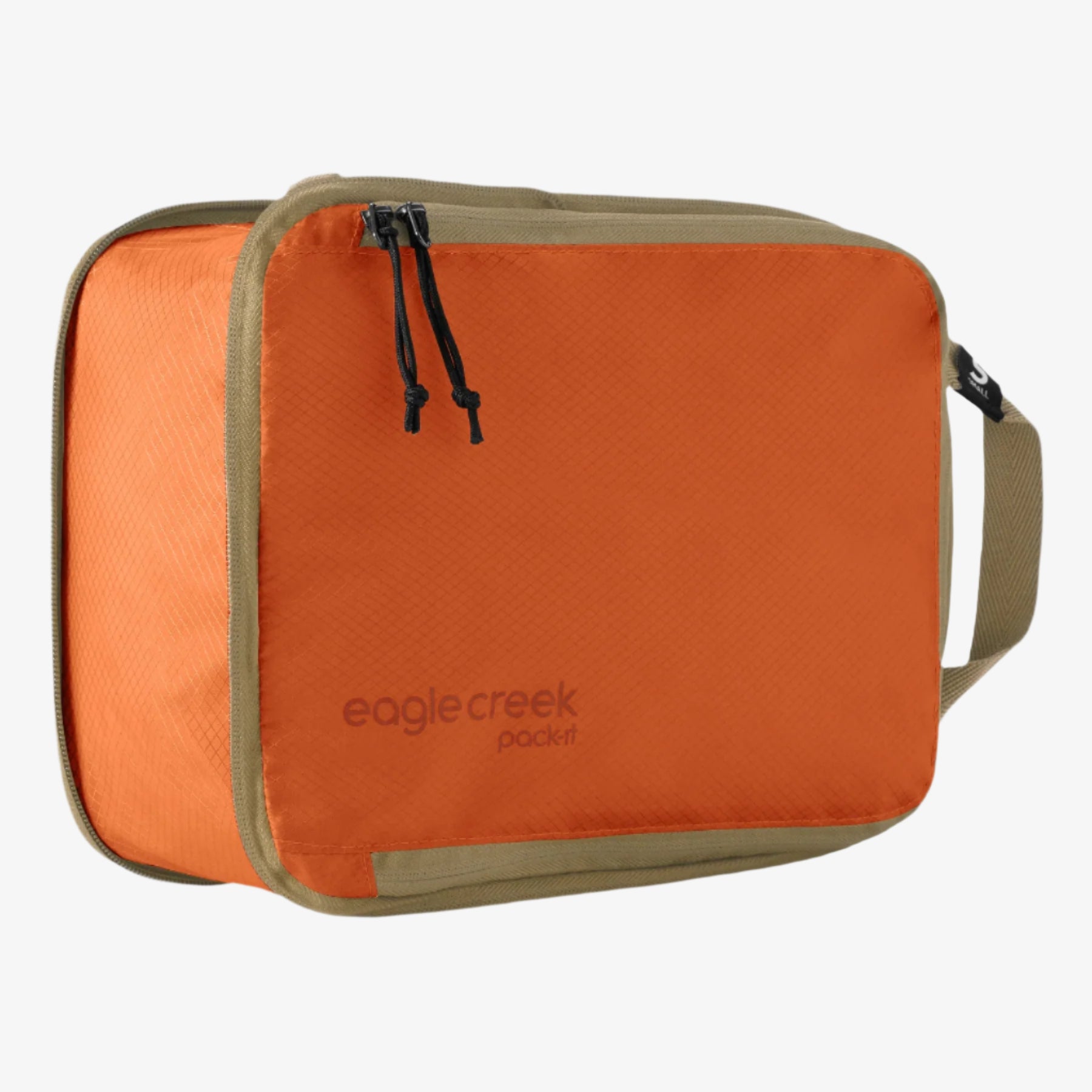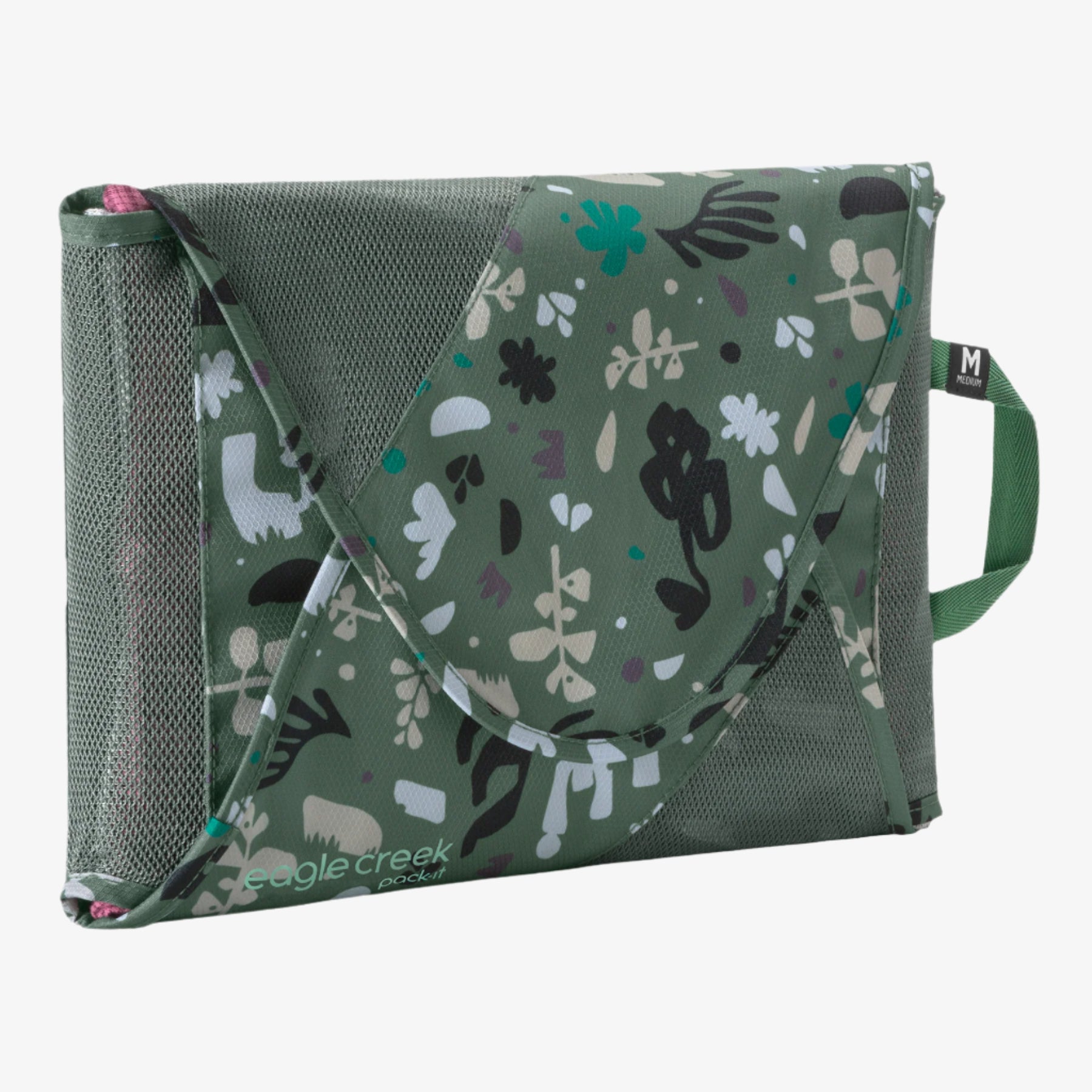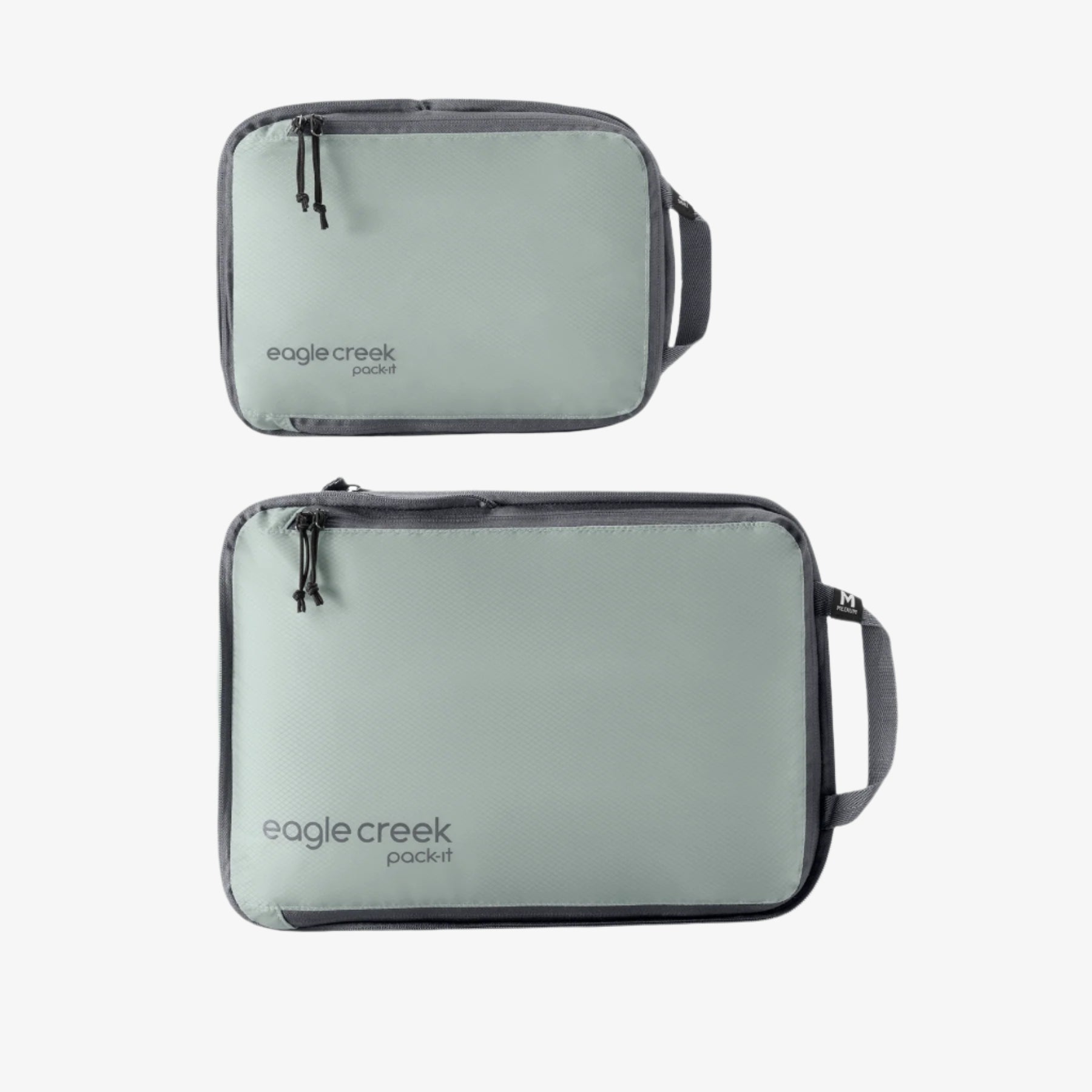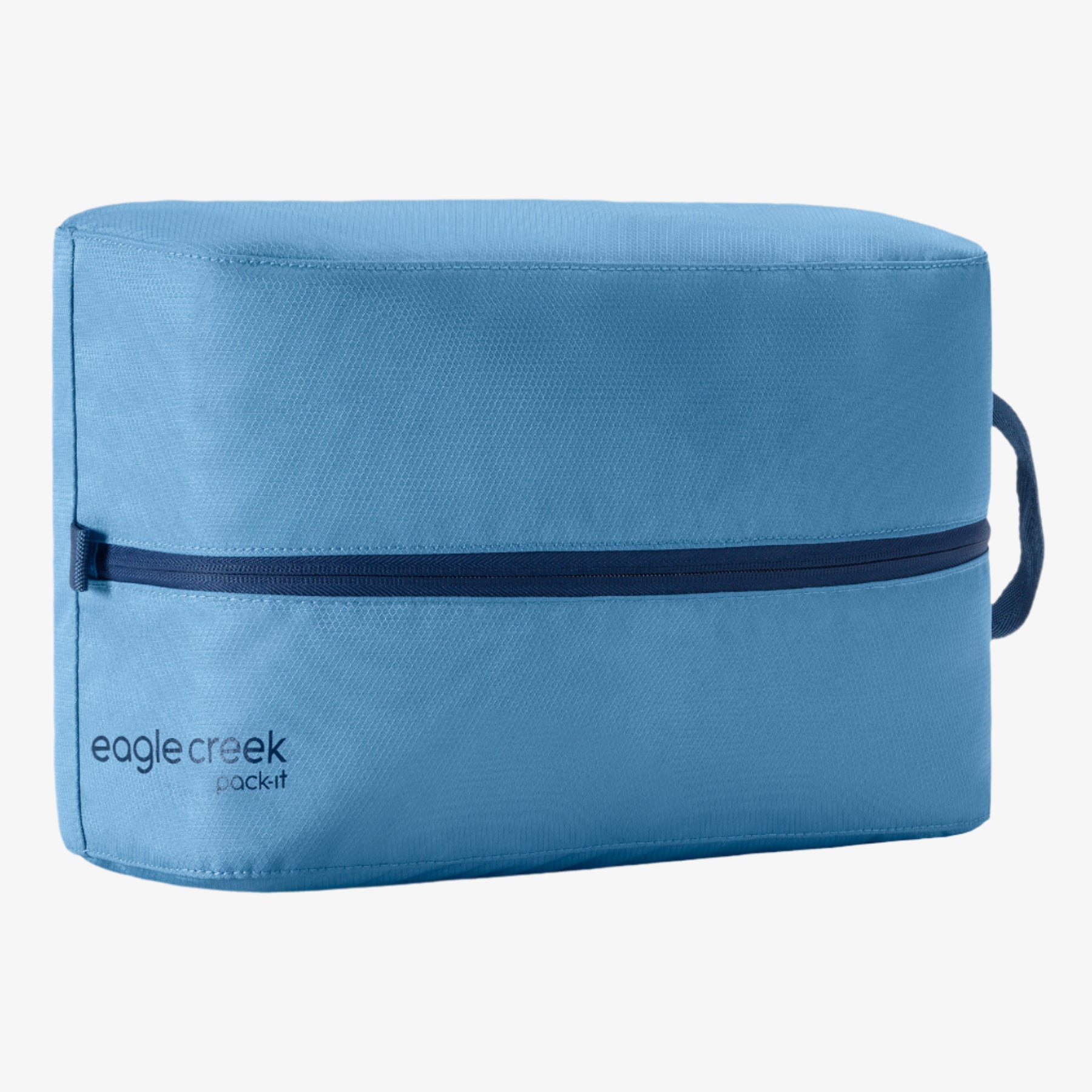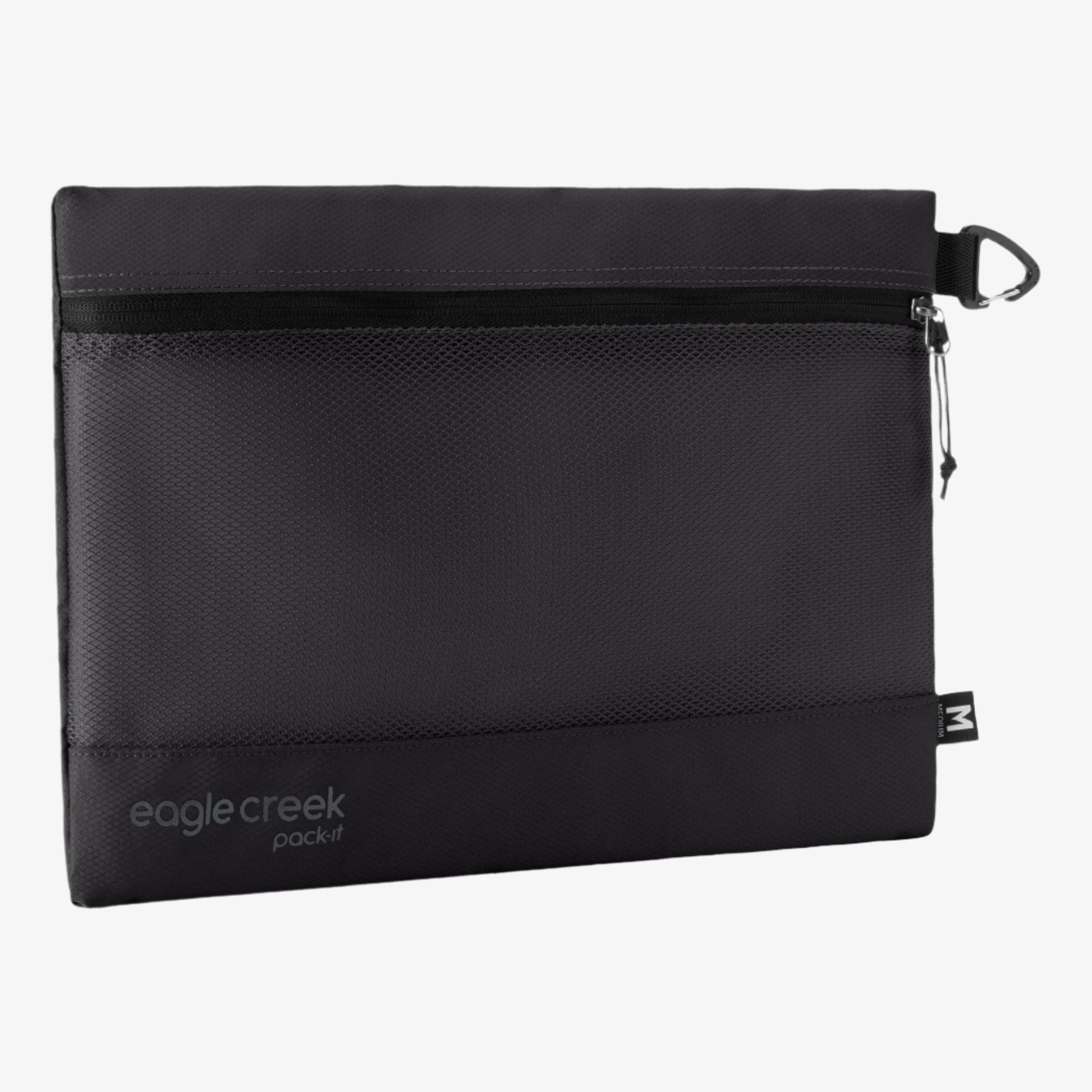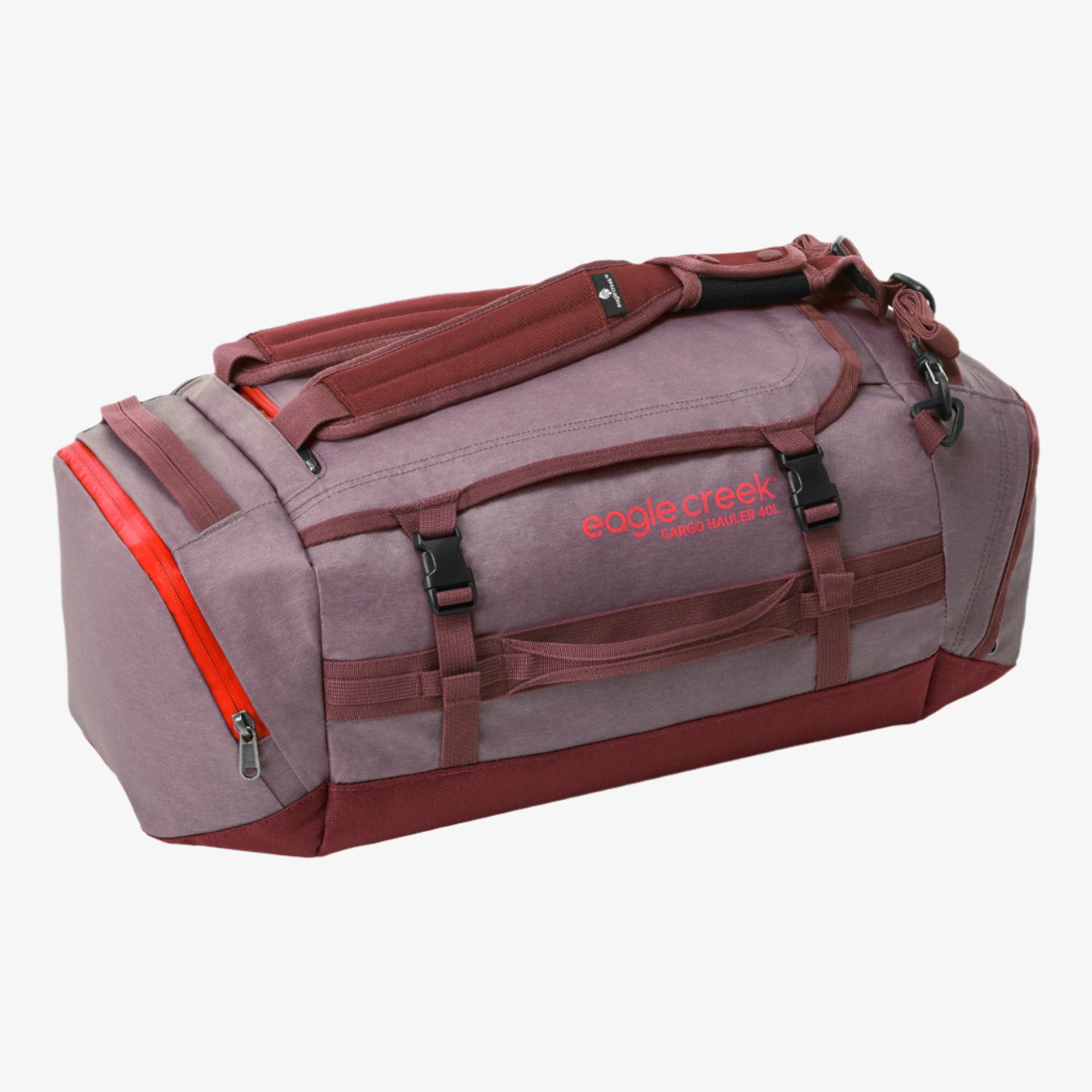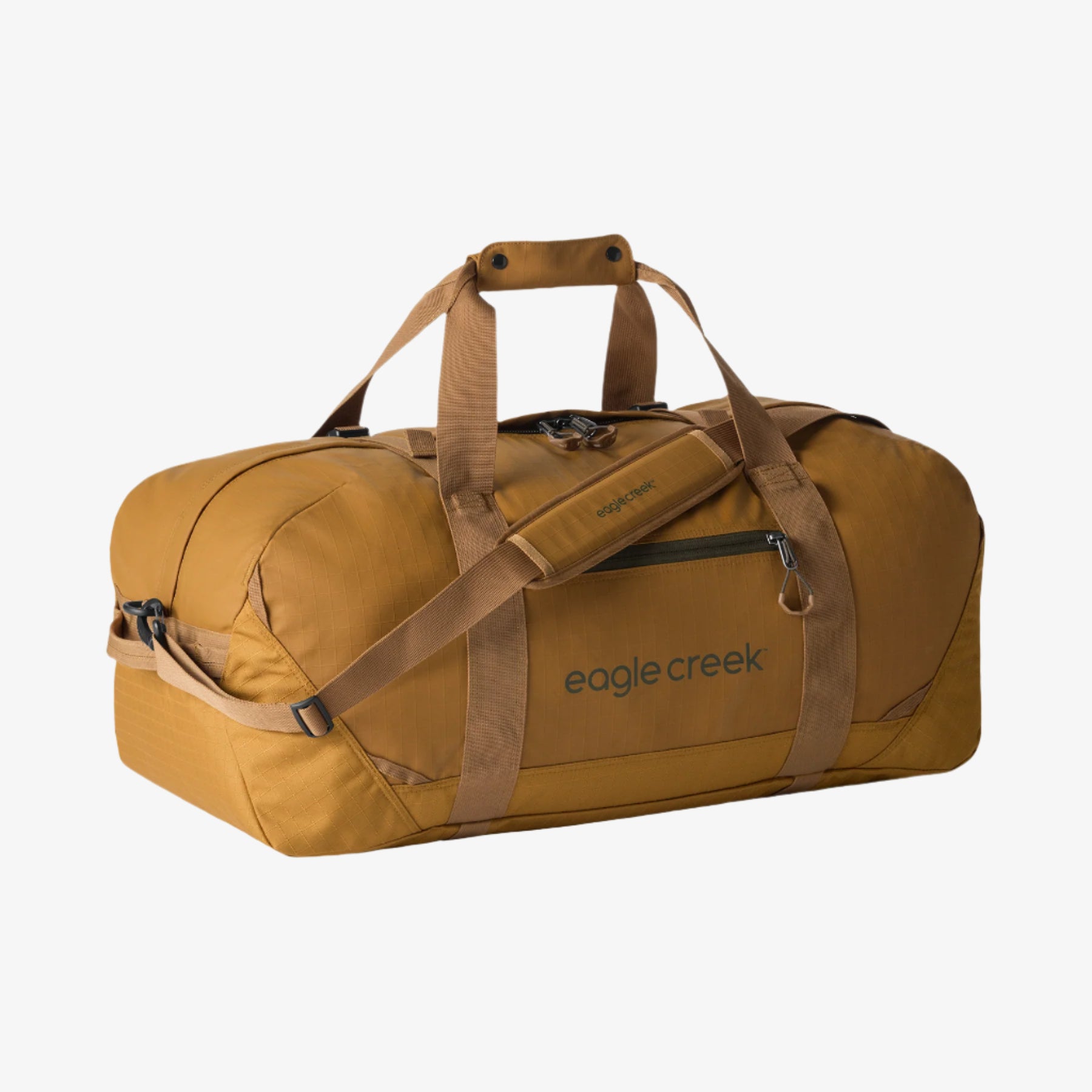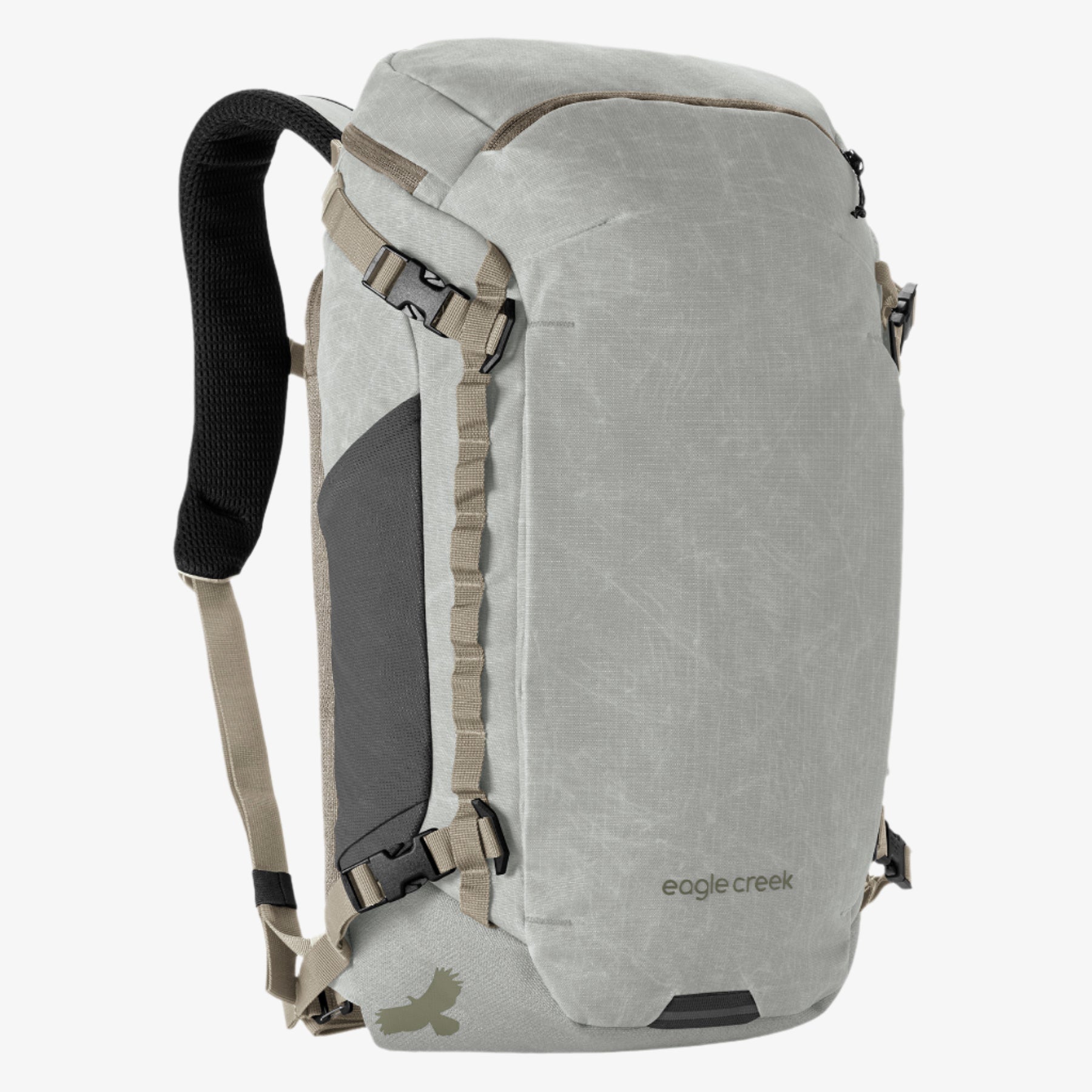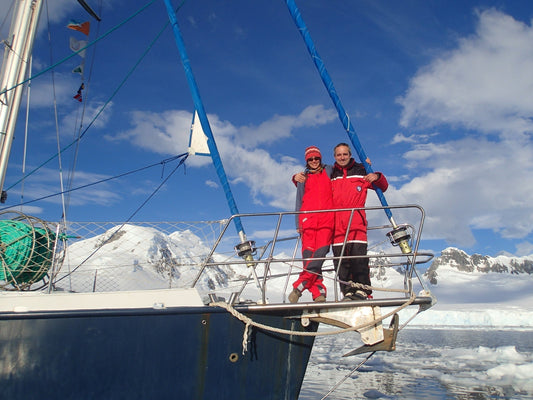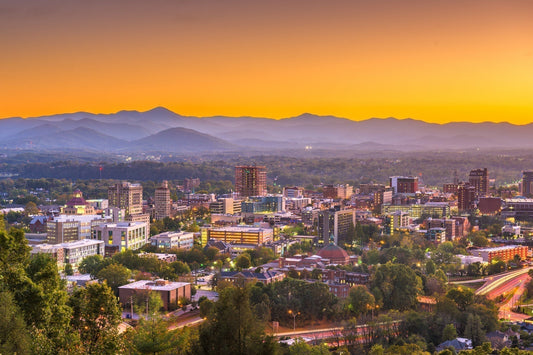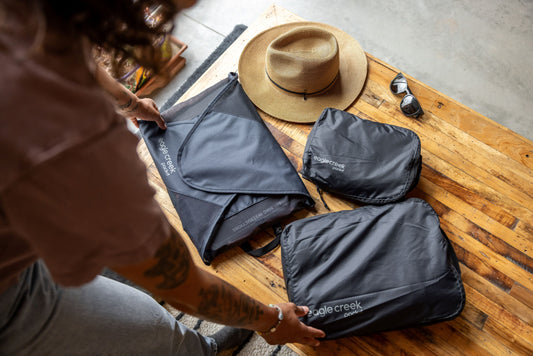Hotels a No-Go This Winter? Consider Yurt Camping!
Don’t let a pandemic stop you from adventuring! Camp in a yurt for an affordable vacation with all the amenities and access to the great outdoors.
You don’t have to halt adventure if you’re wary of staying in a hotel: Search out the yurt! Cabin fever for many travelers has meant getting creative and seeking out different ways to explore. While hotels and planes are in the no-fly zone for many travelers, camping in a yurt offers all the amenities you want while being smack dab in the middle of the great outdoors like any good camping trip. This is your go-to guide for yurt-cations.
What is a Yurt?
Yurts originated centuries ago on the steppe of Central Asia, where nomadic people built round, portable tents that offered sturdy, semi-permanent shelter. Yurts are still a commonly-used dwelling there today. Adapted in the 1960s in the U.S. using architectural fabrics and specialized structural framing, in the late 1970s, yurts became popular at ski resorts and campgrounds. In the mid-1990s, Oregon’s Parks Department became the first in the country to start installing yurts as a year-round camping option. Today, yurt camping is available at National Parks from Acadia to Zion and countless State Parks and private resorts.
Why Choose Yurt Camping?
The novelty of staying in a round permanent tent is real, but modern yurts can be heated, outfitted with electricity and wifi, and often include kitchens and outdoor firepits, all for a fraction of the cost of a stay at a cabin or a hotel. They’re also surrounded by beautiful backcountry wilderness that allow access to activities like snowshoeing and cross-country skiing.
What to Pack When Camping in a Yurt
While with traditional camping, you’re responsible for packing all your gear in and out, staying in a yurt is more akin to glamping and you can embrace more minimalist packing. Most yurts will have a gas or wood-burning stove, beds or cots (you may have to bring your own bedding and we suggest packing it all into a 100+ liter large duffel), and a kitchenette for preparing meals. One thing to note is that yurts can really range from rustic, bare bones style to an experience with all the amenities of a hotel, so it’s important to read the yurt description thoroughly to know what is included versus what you’ll need to pack.
Some yurts, called ‘dry’ or ‘backcountry’ yurts, may have no running water or indoor toilet (they’ll utilize an outhouse instead) and may not even have road access. If you need to bring bedding and firewood of your own, consider a lightweight, durable trunk, which offers ample packing space. Add in some compression packing cubes to cinch down bulky items, and other packing cubes for the rest of your gear and you’ll easily have an organized yurt once you unpack.
Some additional things you definitely need to include when packing for a yurt getaway are:
● toiletries (the space-saving hanging toiletry kit is perfect for a yurt-cation)
● clothes for the number of days you’ll be staying
● food for the number of days you’ll be staying
● down slippers, house shoes, or comfy crocs for your inside the yurt
● warm outerwear (such as hat, glove, boots, and layers)
● firewood or propane for cooking
● water for drinking and cooking (depending on how off-grid your yurt is)
● cards and games are always a hit and help a group bond
Winter Yurt Camping Considerations
Camping is an activity that can be enjoyed year-round. However, depending on your location, the idea of winter camping can be less attractive. Falling snow, freezing temperatures, and long treks to a campsite can be daunting to even the heartiest of summer campers, especially those with kids.
There are several benefits to renting a yurt for your winter outdoor adventures, including the fact that the yurt is already constructed for you: There's no pitching a tent in a snowstorm. The walls keep out the winds and the floor is a much warmer alternative to a tarp over snowpack.
Yurts are also a popular option for families and groups. While a tent can fit up to four people (maybe), it’s not necessarily a comfortable squeeze. Yurts come in varying sizes (some even have bunk beds) and can accommodate up to eight people. Some areas, like Snow Mountain Ranch in Colorado, have yurt villages, allowing several families or a larger group to rent structures in close proximity.
Where to Go Yurt Camping
Yurts are available for rent across the United States and Canada, with an emphasis in the Pacific Northwest. To find your yurt, search Airbnb, websites for State and National Parks, and use the search terms ‘yurt’ and the state you’re looking for in Google. Be aware that many yurts book up well in advance so planning ahead is key.
For winter camping in yurts, location should be a key factor in decision-making. For example, Cape Disappointment State Park in Washington offers yurts within walking distance of the beach; Mount Bohemia in Michigan’s Upper Peninsula offers downhill skiing in addition to cross-country skiing and snowshoeing for guests at their trailside yurts; you can easily yurt camp or glamp in the Great Smoky Mountains; there are even yurts on the southern slope of Mauna Loa in Hawaii.
The best part of yurt camping is the immediate access to the great outdoors. Many yurt rentals will include access to snowshoeing, hiking, mountain or fat tire biking, snowshoeing, and other adventurous outdoor activities.
Related Links (from Eagle Creek blog):
How To Use a Packable Duffel as Your Travel Multitool
Camping Safety Tips: 5 Dangers to Avoid
